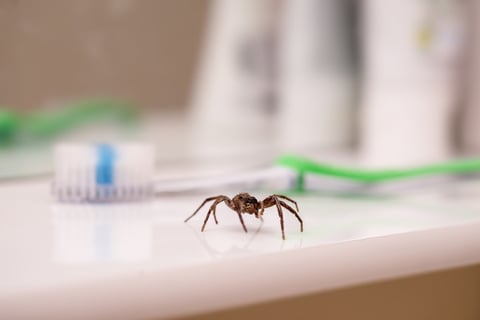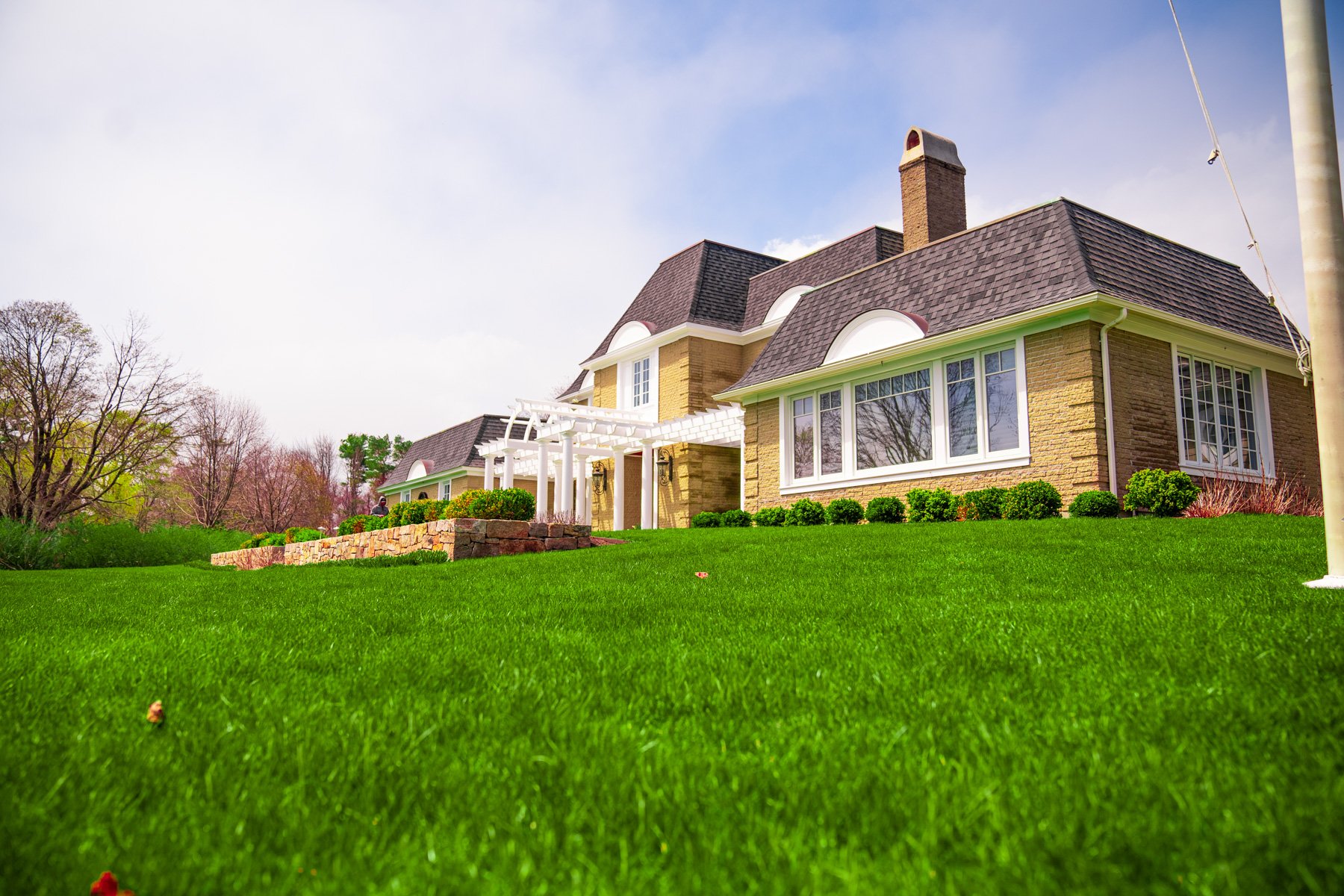


Do you know what type of lawn you have? We’re not talking about what condition it’s in…we’re talking about what type of grass you have growing.
If you’re like a lot of homeowners, you may have never given this much thought. But knowing your grass type can give you a lot of information on what types of lawn problems you could face and also what conditions your lawn will thrive under. After all, different grass types have different needs.
In this article, we will dive into the most popular grass types in New England. Getting to know your grass type can help you make wise decisions for your lawn.
As you might imagine, there are a lot of different grass types out there but some are certainly better suited to our region than others.
Some of the grass types in New England that we see most often include:
These are all cool-season grasses, which perform best in our region as they can stand up to the cold. We do also sometimes see Zoysia lawns here in New England but this is a warm-season grass and may not fare as well as the others. It is not very drought-tolerant and it requires quite a bit of upkeep.
If you don’t know which type of grass you have, we’ll talk about how to identify the grass type in your lawn next. Of course, keep in mind that many lawns do have a blend. Even so, it may be predominantly one type over another.
We’ll also talk about what grass type is best.

Chances are, you probably have one of the grass types mentioned above in your lawn. Let’s talk about some of the identifiable features of each.
Fescue grasses are a popular New England lawn choice but there are different types within this category. Often, fescue lawns could be a blend.
 Example of tall fescue grass
Example of tall fescue grass
Fine Fescue: Fine Fescue grass is a hardy grass type that has relatively decent shade tolerance. It is best identified by its needle-like, thin leaves. It tends to be lighter green than other grasses.
Red Fescue: The leaves of Red Fescue are wiry and V-shaped, separating them from Fine Fescue blends. The stems are reddish in color, hence its name. Like other fescues, Red Fescue is relatively hardy and shade-tolerant.
Tall Fescue: Tall Fescue is darker green in color and has a coarser texture. This fescue has wider leaves than the others.
One of the most identifiable features of Kentucky Bluegrass is that it is almost a green-bluish color.
 Example of Kentucky Bluegrass
Example of Kentucky BluegrassThis is a durable lawn choice which often makes it a go-to selection for turf fields and playgrounds. It has good winter hardiness and is relatively drought-tolerant. It can survive in some shade but prefers full sun.
Here at Seacoast Turf, we are always keeping up with the latest research on grass types in New England. Based on that research, we have found that a Ryegrass blend is the best grass type for our region. It is a native grass type for our area and therefore is well-suited to the conditions.

Example of ryegrass
This grass type performs well within our coastal climate and can even handle our harsh winters with minimal damage. It’s a hardy grass and can grow quickly.
While Ryegrass prefers full sun, it will also tolerate partial shade. This makes it an optimal choice for most lawns in the seacoast region of New England, given the abundance of trees found in our area. This is why Seacoast Turf Care uses it for seeding our clients’ lawns.
If you still aren’t sure what type of lawn you have, you can inquire with a lawn care professional for their expert opinion. No matter what grass type you ultimately have, it does still benefit your lawn to be adding new and improved grass via the overseeding process, which occurs during lawn aeration.
When we seed lawns, we seed with a Ryegrass Blend which we’ve found to be more resilient to problems. Introducing this new grass to your existing lawn makes it stronger and better able to stand up to issues.
This is important as it directly translates into better results. The type of grass that you’re growing and the quality of that seed is definitely going to make a difference in the health of your lawn.

Of course, you also want to make sure that you are properly caring for your lawn with lawn care services like fertilization, aeration and weed control. This will help support a healthier and stronger lawn.
When it comes to having success with your New England lawn, you want to make sure that you’ve chosen a lawn care company that will deliver the best results. After all, like most things in life, you tend to get what you pay for.
That means choosing a company that will seed with the best grass type but also perform the best lawn care services to help care for your healthy lawn.
At Seacoast Turf Care, we not only invest in the best grass seed for New England lawns, but we’re also investing in higher-quality fertilization and weed control products that help care for your lawn. We’re focused on best practices so that you can get the best results.

Seeding is ultimately just one part of an overall lawn care program that will encompass all of your lawn’s needs. It’s important that you invest in high-quality lawn care that will help you grow the best possible lawn.
When you choose Seacoast Turf Care, you can gain confidence and peace of mind that your lawn is getting what it needs. We’re committed to offering both the best results and the best service. We want you to be able to hand over your lawn care worries and get back to simply enjoying time outside.
Want to learn more about what makes us a great choice for your lawn care needs? At Seacoast Turf Care, we service NH towns near Stratham, North Hampton, Exeter and many more. Get lawn care pricing for your Southern NH, Southern Maine, or Northeastern Massachusetts property.
Image source: Tall Fescue, Rye Grass, Kentucky Bluegrass